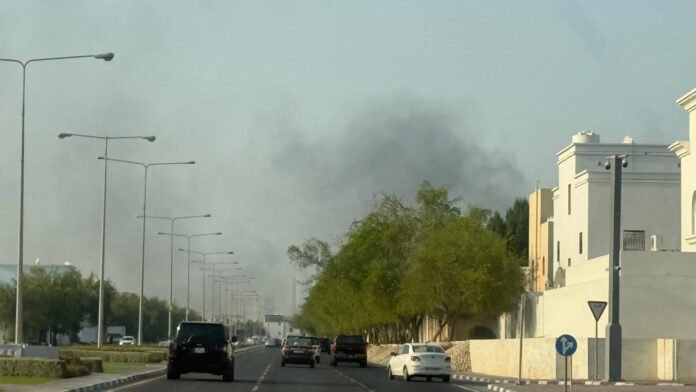Tel Aviv: During Israel’s recent high-profile strike, advanced and some highly classified Israeli stand-off weapons were reportedly not detected by Qatari air defences, allowing precision munitions to hit targets in Doha without any interception or scramble from Qatar’s advanced air defence network.
Israeli F-35I “Adir” stealth jets launched precision stand-off munitions from ranges outside Qatari airspace, targeting Hamas leadership in the upscale West Bay Lagoon of Doha.
According to reports, over 10 jets reportedly fired at least 10 precision-guided munitions, resulting in multiple casualties among Hamas officials and one Qatari security officer, with primary leadership surviving.
The operation involved advanced electronic warfare (EW), mid-air refuelling, and extensive planning.
F-35I jets feature advanced stealth technology, making them difficult to track with conventional radar, especially when releasing stand-off munitions from hundreds of kilometres away.
Stand-off weapons, such as cruise missiles and glide bombs, are designed to be launched far outside a target’s defensive envelope, reducing engagement opportunities even for advanced systems like Patriot PAC-3 or NASAMS.
There is strong evidence that Israel deployed sophisticated electronic warfare and possibly cyber intrusion tactics, jamming or spoofing Qatari radar and disabling command-and-control networks.
Such tactics are standard in Israel’s air doctrine and can blind or confuse missile batteries and fighter response units.
-The writer is an Israel-based freelance journalist. The views expressed are of the writer and do not necessarily reflect the views of Raksha Anirveda






